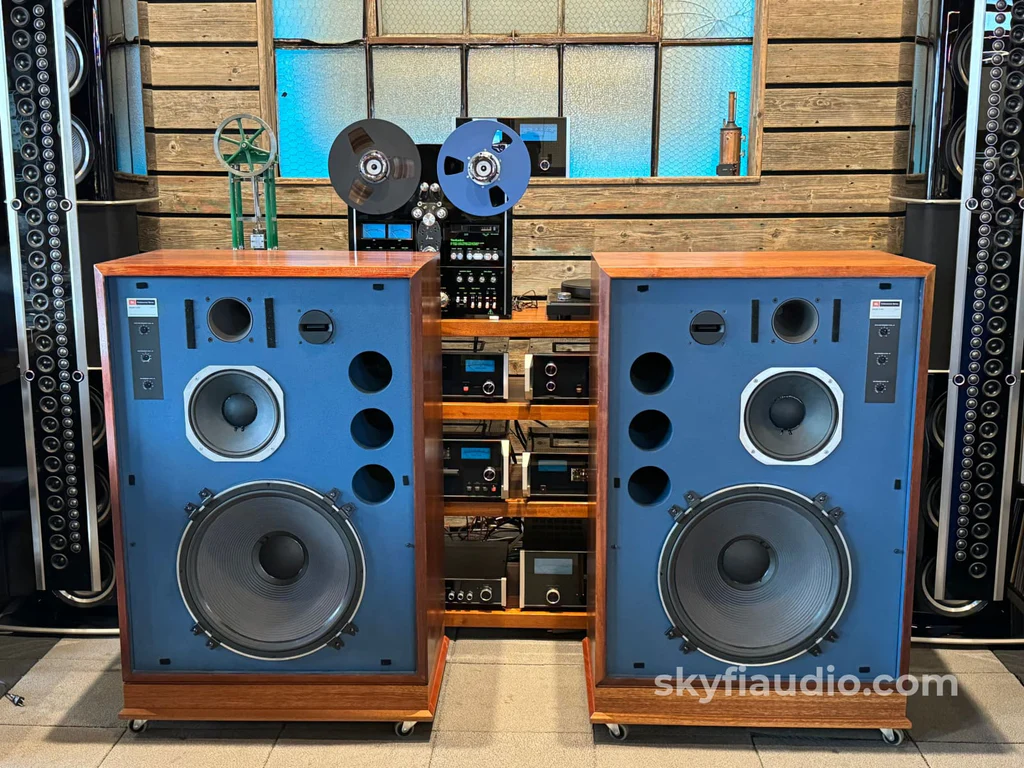Whether you’re setting up a home studio or upgrading professional gear, understanding the minimum power needed for JBL studio monitors is key to achieving accurate sound reproduction. JBL monitors are designed for clarity, balance, and precision, but their performance depends on being paired with the right power source.
In this guide, we’ll break down wattage requirements, amplifier matching, and practical tips so you can get the best out of your JBL monitors without overloading or underpowering them.
What Are JBL Studio Monitors?
Studio monitors are specialized speakers designed for critical listening in music production, mixing, and mastering. JBL is one of the most trusted names in professional audio, offering models like:
- JBL 305P MkII (5-inch woofer)
- JBL 306P MkII (6-inch woofer)
- JBL 308P MkII (8-inch woofer)
- JBL LSR Series
Unlike consumer speakers, studio monitors aim for flat frequency response to ensure accurate sound representation.
Powered vs. Passive JBL Studio Monitors
Before talking power requirements, you need to know if your JBL monitors are:
- Powered (Active) – Have a built-in amplifier, only require line-level input from an audio interface or mixer.
- Passive – Require an external amplifier to drive them.
Most modern JBL monitors (like the 3 Series MkII) are powered and don’t need you to worry about amplifier wattage, but passive models still require proper amp matching.
Minimum Power Requirements for JBL Studio Monitors
If you’re using powered JBL studio monitors:
- They’re designed with internal amps matched to the drivers, so the minimum power needed is already built-in.
- Instead of worrying about wattage, focus on providing a clean audio signal from your interface, mixer, or preamp.
If you’re using passive JBL studio monitors:
- Choose an amplifier that provides at least the RMS power rating of the monitors at their rated impedance (usually 4 or 8 ohms).
- Example: If the JBL monitor is rated at 50W RMS at 8 ohms, your amplifier should deliver 40–60 watts per channel at 8 ohms for safe, optimal performance.
Why Proper Power Matters
- Underpowering a monitor can cause distortion and clipping, potentially damaging the speaker.
- Overpowering can blow the drivers if you exceed their power handling limits.
- The right amount of power ensures accurate bass response, dynamic range, and clarity.
Examples of Minimum Power for Popular JBL Models
| JBL Model | Type | Internal Amp Power (per speaker) | Passive Amp Recommendation |
| JBL 305P MkII | Powered | 82W total (41W LF + 41W HF) | N/A |
| JBL 306P MkII | Powered | 112W total (56W LF + 56W HF) | N/A |
| JBL 308P MkII | Powered | 112W total (56W LF + 56W HF) | N/A |
| JBL Control 1 Pro | Passive | N/A | 50–150W at 8Ω |
| JBL 104-BT | Powered | 60W total (30W per driver) | N/A |
How to Power JBL Studio Monitors
For Powered Monitors:
- Connect to your audio interface or mixer via XLR or TRS cables.
- Plug into a power outlet.
- Set the monitor’s volume trim to 0 dB and adjust levels from your source device.
For Passive Monitors:
- Choose an amp that matches the RMS wattage and impedance.
- Use quality speaker cables to connect amps to monitors.
- Avoid maxing out amp volume to prevent overload.
Tips for Optimizing Power and Performance
- Check manufacturer specs – Always start with JBL’s official wattage recommendations.
- Use balanced connections – For powered monitors, XLR or TRS reduces noise.
- Consider room size – Small rooms require less output than large studios.
- Monitor at safe volumes – Prolonged loud listening can damage both ears and speakers.
Common Power-Related Mistakes to Avoid
- Using a too-small amplifier for passive monitors, causing distortion.
- Plugging powered monitors into speaker outputs of an amp (they need line-level input).
- Ignoring gain staging, which can lead to unbalanced sound and damage.
Conclusion
The minimum power needed for JBL studio monitors depends on whether you’re using powered or passive models. Powered monitors already have the correct internal amplification, so your main focus should be on sending them a clean signal. Passive monitors require an amp that matches their RMS wattage and impedance for safe, optimal sound.
By pairing your JBL studio monitors with the right power source, you’ll ensure accurate, distortion-free audio—the foundation of great mixing and listening experiences.
FAQs
1. Do JBL powered studio monitors need an external amp?
No—powered monitors have built-in amps matched to their drivers.
2. Can I connect powered JBL monitors directly to my laptop?
Yes, but for best quality, use an audio interface or mixer between them.
3. What happens if I underpower a passive JBL monitor?
It can cause clipping, distortion, and potential damage to the speaker.
4. Is higher wattage always better?
Not necessarily—too much power can blow speakers, while proper matching ensures safe, clean sound.
5. How many watts do I need for a home studio?
For passive monitors, 40–100 watts RMS per channel is usually sufficient; for powered monitors, the built-in amp is already optimized.
Also read: Jake Dyson: Innovator, Designer, and Leader in Engineering




Leave a Comment